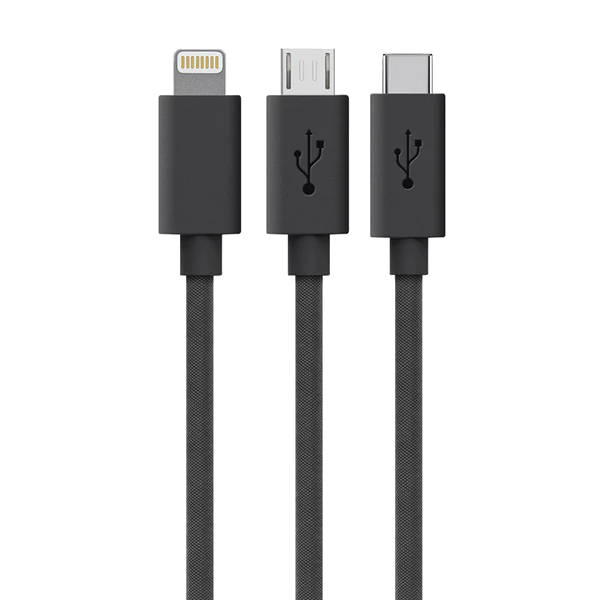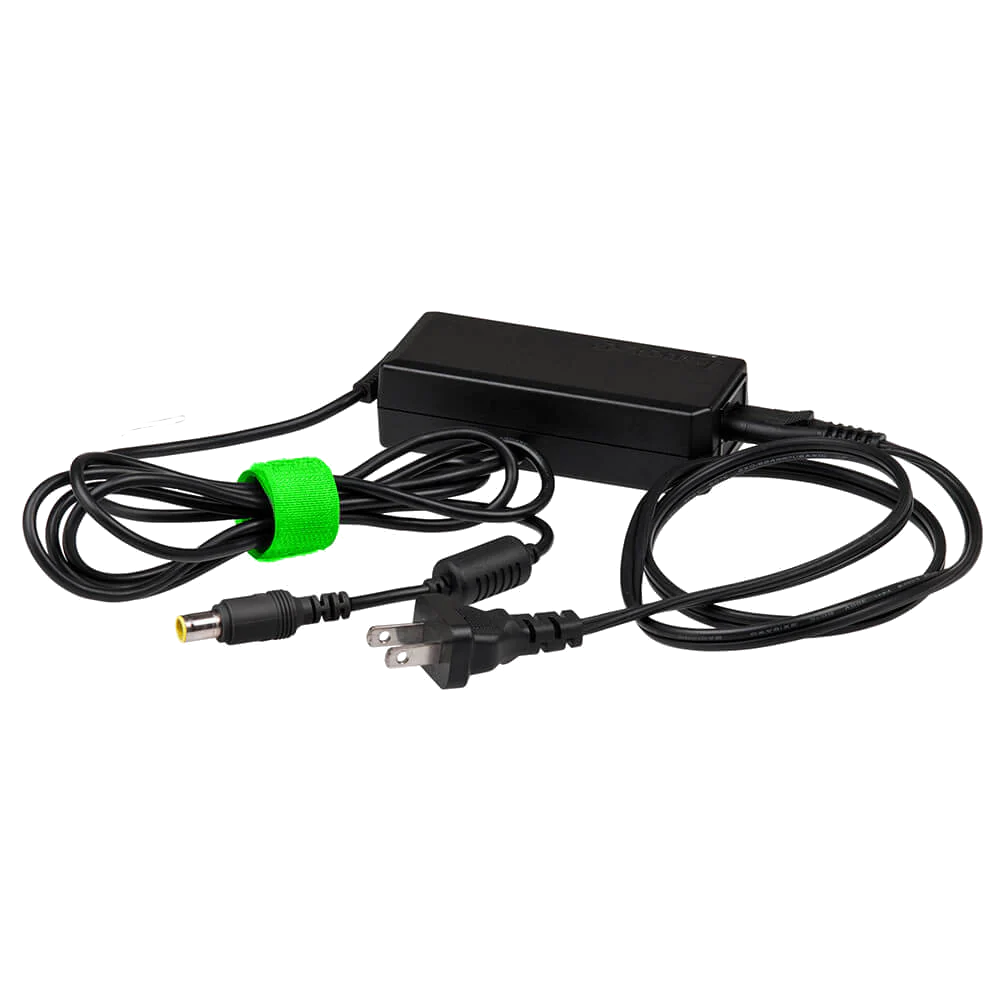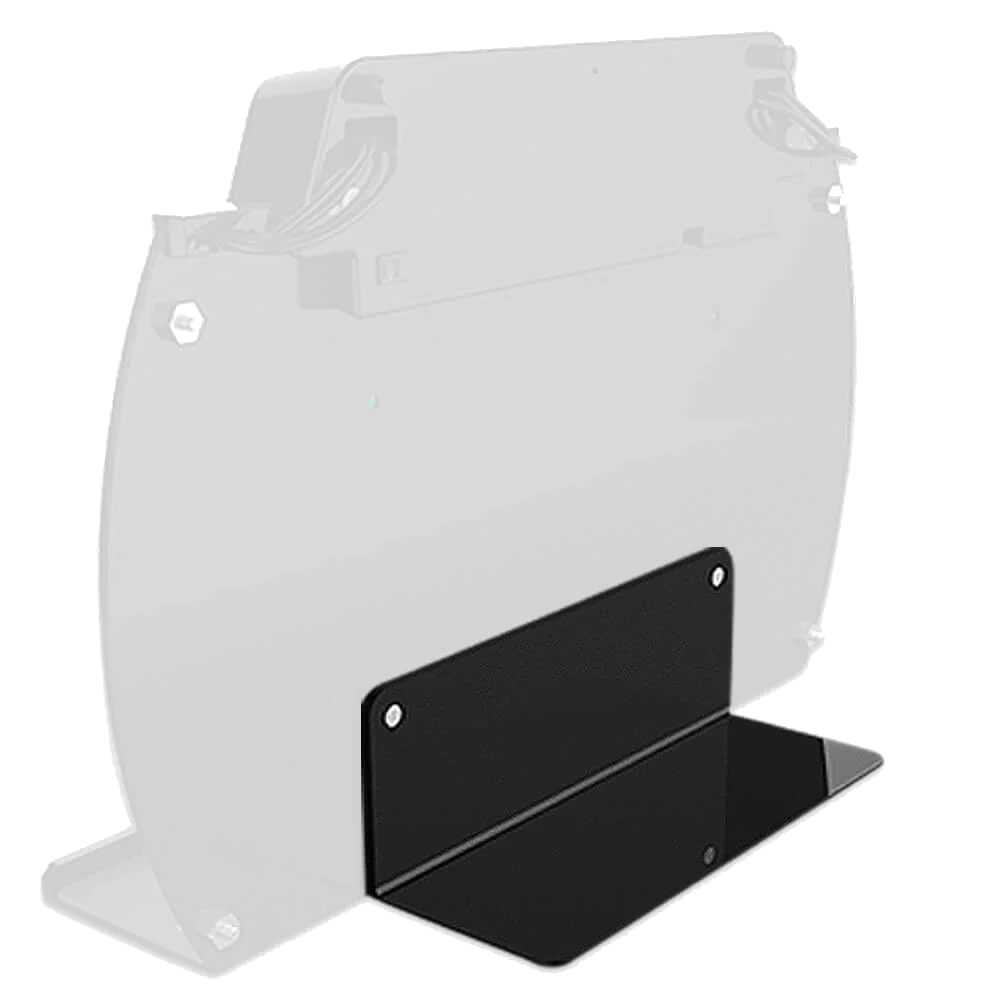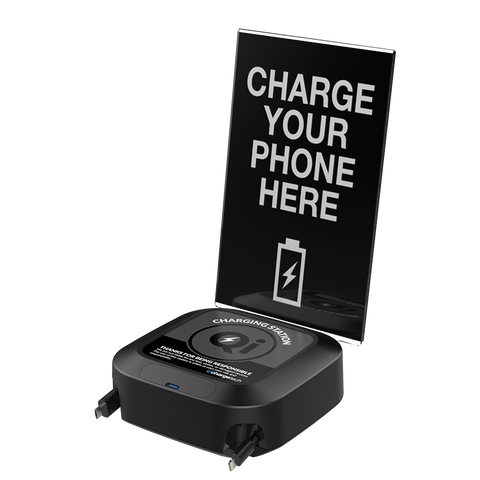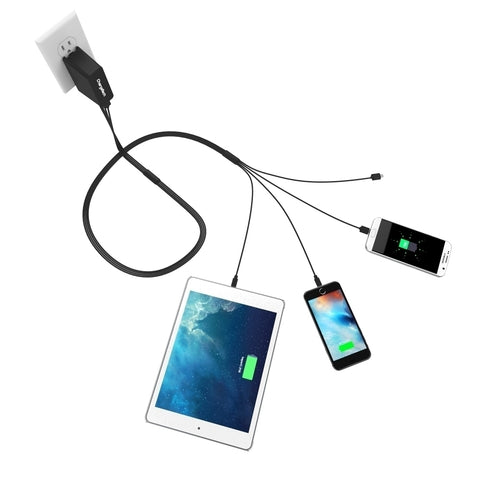
There was once a time when every mobile phone manufacturer had their own proprietary charging tips. Every time consumers changed their phones they also had to get a new charger. The result was landfills of potentially hazardous cables and chargers that could leak mercury into the environment. This is what caused the European Union to convince 10 top mobile phone manufacturers back in 2009 that they needed to make chargers and connections to them universal, at the same time spawned the idea idea for a universal cell phone charger. These manufacturers then decided to start installing the micro-USB chargers that are now present on many mobile phones.
Apple was one of the 10 mobile phone manufacturers that made the agreement, but they have proven to be hesitant to stand by their promise. This is made apparent in the way they have designed the iPhone 5 with the new Lightning Connector. The only way Apple has shown to stay within the confines of the agreement is via an adapter for the Lightning Connector that allows for micro-USB. It seems that Apple has no real plans of honoring the agreement in their mobile phone designs in the future.
The question becomes why Apple has such a resistance to the micro-USB standard. One reason is that the company does not want to settle for limited functionality in their product. Micro-USB connections have the ability to charge and sync, but Apple’s proprietary connectors do much more than that. For example, the iPod Out feature allows iPod functionality to extend to compatible devices thanks to the proprietary connection. This is something that could not be accomplished with micro-USB.
The functionality could be had through featuring both ports on a single device. However, this would take away from the aesthetics and user-friendliness that the Apple brand has become famous for. Apple is far from ready to step down from their reputation just to comply with the micro-USB standard.
There is yet another option that Apple could lean towards, which is using a Mobile High –Definition Link (MHL) as is featured in the Samsung Galaxy S III. However, the standard for this type of connection continues to go unrealized. Since customers would at some point still have to buy a proprietary adapter, this option can prove to be unattractive. It could be that once a standard for MHL has been adopted Apple will seriously consider the option.
The Lightning cable that Apple now uses has been the source of long discussions across the industry and the market. This is because it contains a mysterious chip that allows the cable to work no matter how it is inserted into the port. Some are of the opinion that Apple is really using this chip because it ensures only Apple’s expensive cables work for devices and consumers cannot get by with purchasing a cheap imitation. However, usable imitations have already been made and will be soon found all across the internet for sale at only $5 a pop.
Yet, Google programmer Ken Shirrif reports that many UL standards have been disregarded in the design of the knockoff. Not only has it been made of lower quality parts and produces more electrical noise, but has the potential to damage the touchscreen and put the user at a risk for electrical shock. The hazards that the imitation iPhone 5 charger cords present may not be worth the money saved.
Nevertheless, it is hard to find justification for the high cost that Apple charges for their charging cables. The cables are made of better quality parts, but it has been estimated that the cost of these parts is only $1 more per cable than the price of the parts used in the knockoffs. However, Apple charges a whopping $30 per cable.
The greatest conclusion that can be reached over the entire matter is that profits is really what justifies Apple’s continued use of a proprietary cable. While it may be true that advanced functionality and quality control are important , there is no hiding the fact that Apple is making a pretty penny off each cable sold. The parts for each Lightning Cable costs the company only about US $3.50 and, with a retail price of $30 for each cable, it has been predicted by the senior analyst of ABI Research, Michael Morgan, that Apple will enjoy a revenue of over $100 million in the next year alone just by selling Lightning cables and chargers. Rest assured, ChargeAll will be one of the first to offer an Apple iPhone5 Lightning connector on our phone charging pad.

